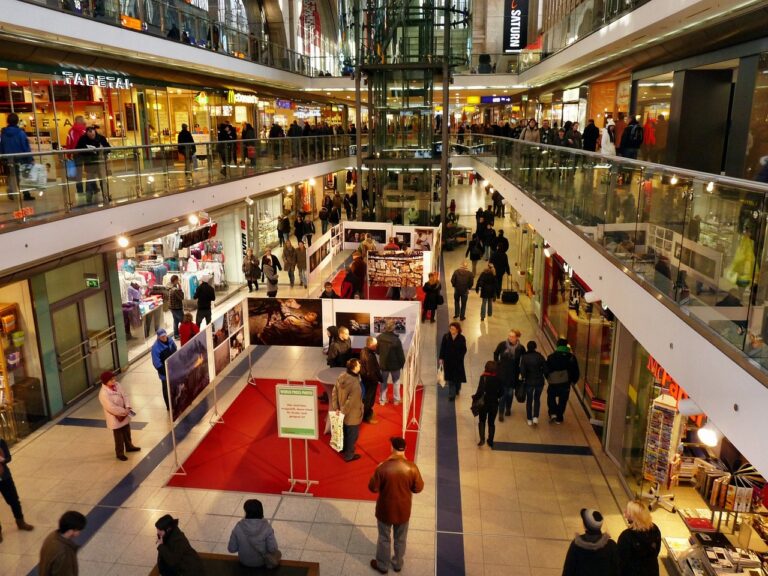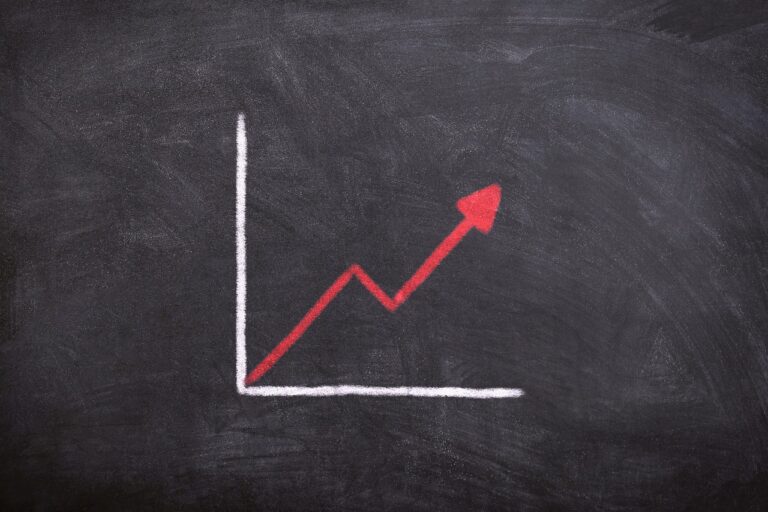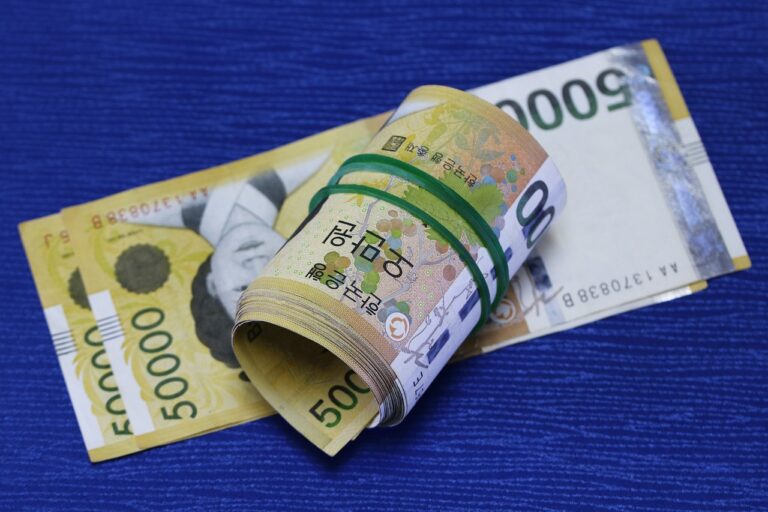The Role of Artificial Intelligence in Forecasting Fashion Trends and Demand
Forecasting in the fashion industry is a vital process that involves predicting upcoming trends based on various factors such as social, cultural, and economic influences. It allows fashion designers and retailers to anticipate consumer demands and stay ahead in a highly competitive market. By analyzing consumer behavior, historical data, and emerging styles, experts in fashion forecasting provide valuable insights that help businesses make informed decisions regarding their collections and marketing strategies.
The practice of fashion forecasting extends beyond just predicting colors and styles; it also involves forecasting fabric innovations, retail trends, and even the impact of global events on the industry. By staying ahead of the curve and identifying emerging trends early on, fashion professionals can adapt their designs and marketing efforts to resonate with consumers. In today’s fast-paced and ever-changing fashion landscape, accurate forecasting plays a crucial role in the success and relevance of brands across the globe.
Understanding the Importance of Trend Forecasting in the Fashion Industry
Fashion forecasting plays a pivotal role in the dynamic world of the fashion industry. It serves as the compass that guides designers, retailers, and consumers in navigating the ever-evolving landscape of trends. By predicting upcoming styles, colors, and silhouettes, trend forecasting enables fashion professionals to stay ahead of the curve and satisfy the ever-changing demands of the market.
Moreover, trend forecasting is not only about predicting what’s fashionable but also about understanding the underlying cultural, societal, and economic factors that influence consumer preferences. By analyzing data, consumer behavior, and global influences, fashion forecasters are able to provide valuable insights that help designers and brands create products that resonate with their target audience. In essence, trend forecasting is not just about following trends but about shaping them, driving innovation, and defining the future of fashion.
Trend forecasting guides designers, retailers, and consumers in navigating trends
Predicts upcoming styles, colors, and silhouettes to stay ahead of the curve
Helps fashion professionals satisfy ever-changing demands of the market
Understands cultural, societal, and economic factors influencing consumer preferences
Analyzes data, consumer behavior, and global influences for valuable insights
Helps designers and brands create products that resonate with target audience
Drives innovation and shapes the future of fashion.
Challenges Faced in Traditional Fashion Forecasting Methods
Forecasting fashion trends is a dynamic process that involves predicting future styles based on various factors such as consumer behavior, social influences, and economic trends. Traditional fashion forecasting methods rely heavily on historical data and intuition, which can sometimes lead to inaccuracies in trend predictions. One of the main challenges faced in traditional fashion forecasting methods is the limited scope of information available, making it difficult to accurately predict upcoming trends with certainty.
Moreover, traditional fashion forecasting methods often struggle to adapt to rapid changes in consumer preferences and tastes. With the rise of social media and fast fashion, trends can emerge and disappear at a rapid pace, leaving traditional forecasters struggling to keep up. This constant need to stay ahead of the curve poses a significant challenge for traditional forecasting methods, as they may not always be able to accurately anticipate these shifts in the market.
What is fashion forecasting?
Fashion forecasting is the process of predicting upcoming trends in fashion and consumer behavior.
Why is trend forecasting important in the fashion industry?
Trend forecasting is important in the fashion industry as it helps designers, retailers, and manufacturers anticipate consumer demands and stay ahead of the competition.
What are some challenges faced in traditional fashion forecasting methods?
Some challenges faced in traditional fashion forecasting methods include outdated data, limited resources, and the unpredictable nature of the fashion industry.
How does outdated data affect traditional fashion forecasting methods?
Outdated data can lead to inaccurate predictions, as trends and consumer preferences can change rapidly in the fashion industry.
What limitations do traditional fashion forecasting methods have in terms of resources?
Traditional fashion forecasting methods often rely on manual research and analysis, which can be time-consuming and costly for companies.
How does the unpredictable nature of the fashion industry pose a challenge to traditional forecasting methods?
The fashion industry is constantly evolving, making it difficult to accurately predict future trends using traditional methods that may not be adaptable or flexible enough.







